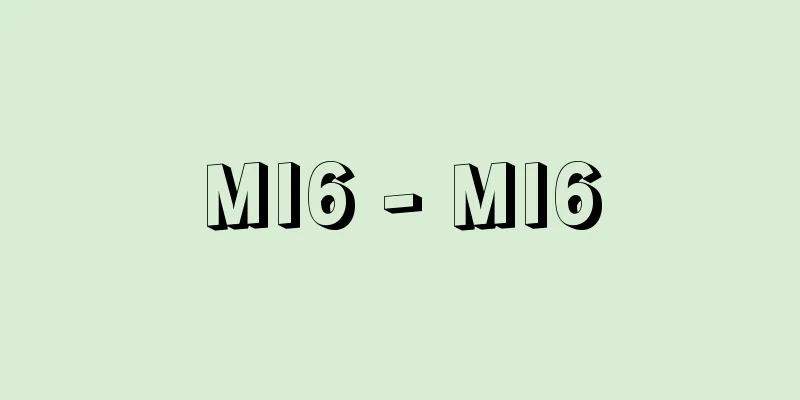On the Warm Epidemic - Onekiron

|
...It is a traditional medicine that developed in China and is still used in China and neighboring countries today. Japan also accepted this medicine, and until 1883 (Meiji 16), when it became compulsory for doctors to learn Western medicine, treatment was exclusively based on this system, but after the Edo period, it showed a unique development different from mainland China. This is called Kampo medicine, but care should be taken because this term is sometimes used almost synonymously with Chinese medicine (Oriental medicine). From 【Illness】... Jin and Yuan physicians took the theory of the Suwen a step further, placing importance on the theory of luck (unqi theory) which emphasized the relationship between the five elements, and also placed importance on the blockage of the meridians in the case of drug treatment. Infectious diseases have also been noted since ancient times, and were initially thought to be caused by evil spirits, but Wu Youxing of the Ming Dynasty wrote Treatise on Epidemics (1642) and presented a theory closer to modern pathogens. However, as this was called the return of qi, the theory of the Suwen that diseases are caused by blockages of qi has consistently been the basis of the etiology of Chinese medicine. ... *Some of the terminology explanations that refer to "The Theory of Warm Epidemics" are listed below. Source | Heibonsha World Encyclopedia 2nd Edition | Information |
|
…中国で発達した伝統医学をいい,現在でも中国とその周辺諸国で用いられている。日本もこの医学を受け入れ,1883年(明治16)西洋医学を習得することが医師に義務づけられるまで,もっぱらこの体系による治療が行われてきたが,江戸時代以後は中国本土とは違う独特の展開をみせた。これを漢方医学というが,この言葉は中国医学とほとんど同義に使われることもあるから注意を要する(東洋医学)。 【病気】より… 金・元の医家は《素問》の説をさらに進めて,五行の関係を強調した運気説(運気論)を重視し,薬物治療の場合にも経絡の障害を重視している。また伝染病は古くから注目され,最初は邪気によって起こるとされたが,明の呉有性は《温疫論》(1642撰)を著し,現在の病原体に近い考えを提出した。しかし,それが戻気と呼ばれたように,病気は気の障害によって起こるという《素問》の説は一貫して中国医学の病因論の基本になっている。… ※「《温(瘟)疫論》」について言及している用語解説の一部を掲載しています。 出典|株式会社平凡社世界大百科事典 第2版について | 情報 |
Recommend
Self-Government in India
…He stayed in Africa for 22 years, and returned t...
Tel Halaf (English)
...Tel Halaf, located on the River Harbour near t...
Yoshiyagasa
A straw hat. It was first worn by Yoshiya Uemura a...
Comfrey - (common) comfrey
A perennial plant of the family Boraginaceae (APG...
Gustaf Fröding
1860‐1911 Swedish poet. Due to a hereditary mental...
A New English Dictionary on Historical Principle
…The largest and best English dictionary to date....
Deltatheridium
A genus of mouse-sized mammal with a skull length ...
Shigetsugu Abe
Year of death: 4th April 20th, 1651 (6th June 8th,...
Living Wage - Seikatsuchingin
A wage calculated based on the idea that wages sho...
Incurable disease - Nanbyo
It is a general term for intractable diseases of ...
decortication posture
…Individual damage to this system is unlikely, bu...
Wang Bi - Wang Bi
A scholar from the Wei dynasty during the Three K...
Crébillon, PJde (English spelling) Crebillon PJde
…Prosper Jolyot de Crébillon (1674-1762) was a Fr...
Fluid inclusion - Fluid-cavity
Inclusions that contain liquid. They are microscop...
tympanic organ
…In insects that make noise, such as orthopteran ...




![Saroma [town] - Saroma](/upload/images/67cbb0f8d4894.webp)




